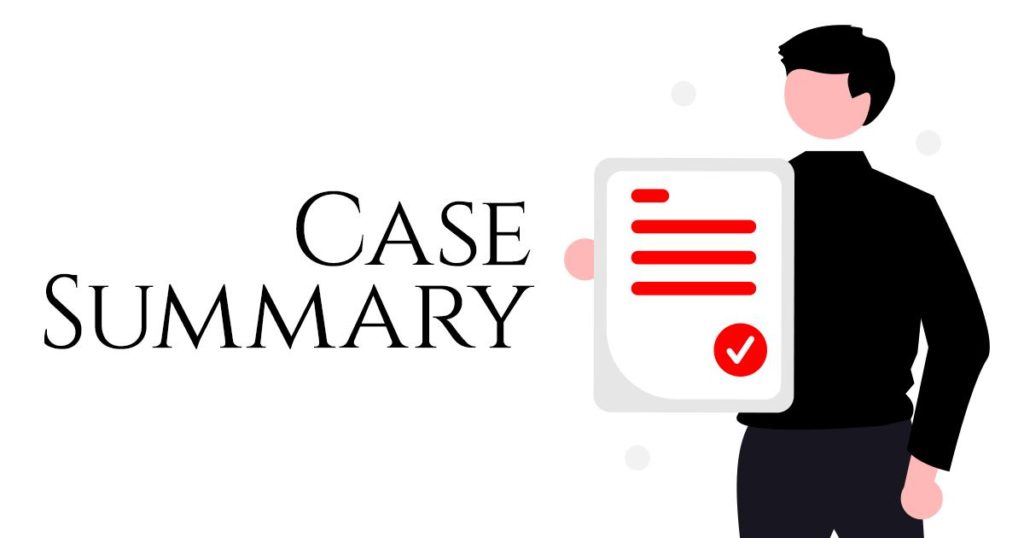The Ontario Court of Appeal has upheld a decision of the Superior Court of Justice and dismissed an appeal in the case of King v. 1416088 Ontario Ltd. In King, the court held that when there is a sufficient relationship among seemingly independent companies, that group of companies may be looked at as one entity or one “common employer” and therefore could be held liable for wrongful terminations.
The court further held that those interrelated companies may also all be held liable for pension agreements despite the fact that only one company executed the agreement.
Jack King (“King”) worked as a bookkeeper for a company called Danbury Industrial for more than 38 years. Danbury Industrial owned/operated or was related to a number of different companies under the umbrella of the “Danbury” group. King had worked for many of these different companies during his employment at Danbury Industrial. Danbury Industrial ceased business in October 2011 and all of its employees were terminated without cause including King. At the time of his dismissal, King was 73 years old and was not given any compensation for his termination.
Soon after his termination, another related company called DSL Commercial began using the “Danbury” name and premises. Interestingly, King had also worked for DSL Commercial and had assisted in its creation prior to his termination from Danbury Industrial. DSL Commercial was owned by the son of the president’ of Danbury Group.
The appeal court held that there was a sufficient relationship between Danbury Industrial and DSL Commercial such that they should be considered as one entity as a “common employer” for the purposes of determining liability for King’s wrongful dismissal. The appeal court agreed with the trial judge and their findings of fact with respect to the interrelatedness of Danbury Industrial and DSL Commercial. For example, there were several factors that the trial judge had looked to determine the extent of the interrelationship between DSL Commercial and Danbury Industrial. DSL Commercial used the same office furniture, address, telephone number, owned the “Danbury” name and King was instructed to assist DSL Commercial.
The appeal court also held that the trial judge was right to decide that a pension agreement signed between King and Danbury Industrial should be valid as between King and DSL Commercial as well.
OUR THOUGHTS
There are lessons here for both employers and employees. It is not a rare practice for businesses to create multiple corporations in an effort to limit liability and for tax purposes. However, the “common employer” doctrine can be used by the courts to examine the actual relationships among corporations to determine whether or not they can be held jointly and severally liable as an “employer” of the employee even if not actual or formal employer-employee relationship exists formally.
The “common employer” doctrine is a powerful tool. Both employees and employers should be aware how the above “common employer” doctrine could affect how agreements between themselves and enforced and who could potentially become liable.
